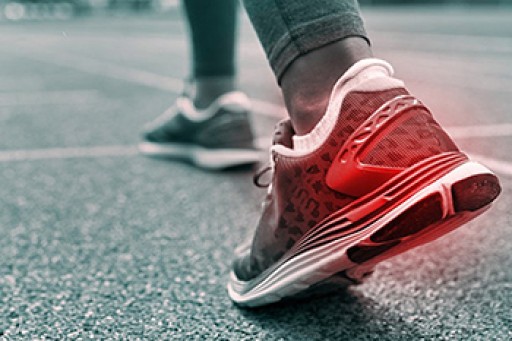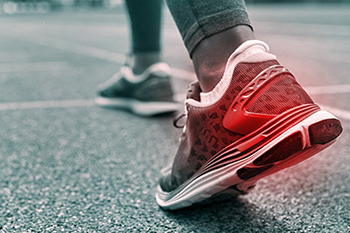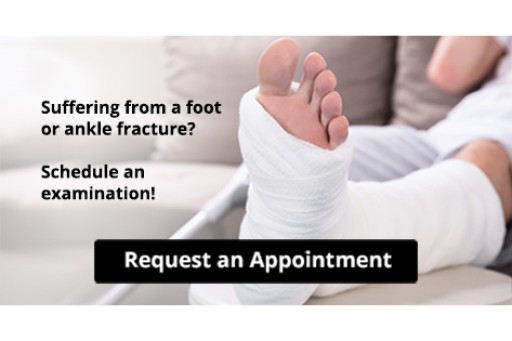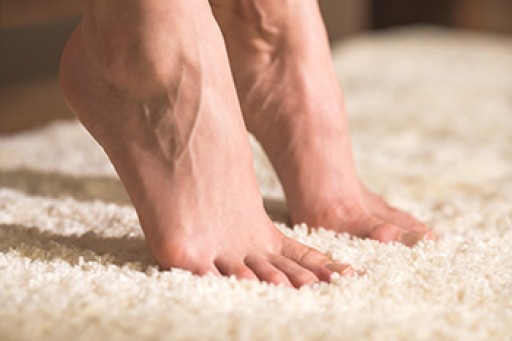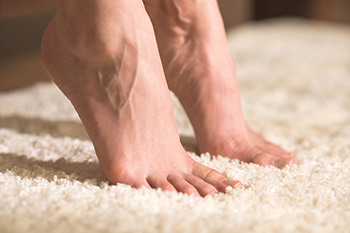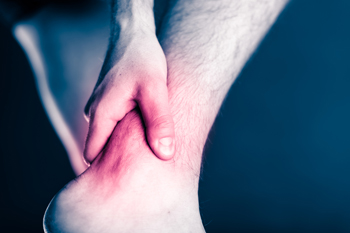
Achilles tendonitis, inflammation of the long tendon at the back of the heel, can cause pain and restrict mobility. Typically stemming from overuse or excessive strain, this ailment can cause tearing of the tendon. Ceasing the activity that may have caused the injury is important, and keeping the weight off of that foot can help to reduce pain. Certain exercises can fortify the Achilles tendon, making it more resilient and improving its flexibility. Orthotic devices, such as shoe inserts, not only provide essential support to the affected tendon but also work to lessen undue strain. In certain cases, non-steroidal anti-inflammatory medication may be prescribed to alleviate pain and manage inflammation. For severe and persistent cases of Achilles tendonitis, advanced interventions such as corticosteroid injections may be considered. These treatments target inflammation and stimulate the body's natural healing processes. It is suggested that you make an appointment with a podiatrist for a comprehensive evaluation and personalized treatment plan for recovery from Achilles tendonitis.
Achilles tendon injuries need immediate attention to avoid future complications. If you have any concerns, contact Alex Kim, DPM of AVID Foot & Ankle Center. Our doctor can provide the care you need to keep you pain-free and on your feet.
What Is the Achilles Tendon?
The Achilles tendon is a tendon that connects the lower leg muscles and calf to the heel of the foot. It is the strongest tendon in the human body and is essential for making movement possible. Because this tendon is such an integral part of the body, any injuries to it can create immense difficulties and should immediately be presented to a doctor.
What Are the Symptoms of an Achilles Tendon Injury?
There are various types of injuries that can affect the Achilles tendon. The two most common injuries are Achilles tendinitis and ruptures of the tendon.
Achilles Tendinitis Symptoms
- Inflammation
- Dull to severe pain
- Increased blood flow to the tendon
- Thickening of the tendon
Rupture Symptoms
- Extreme pain and swelling in the foot
- Total immobility
Treatment and Prevention
Achilles tendon injuries are diagnosed by a thorough physical evaluation, which can include an MRI. Treatment involves rest, physical therapy, and in some cases, surgery. However, various preventative measures can be taken to avoid these injuries, such as:
- Thorough stretching of the tendon before and after exercise
- Strengthening exercises like calf raises, squats, leg curls, leg extensions, leg raises, lunges, and leg presses
If you have any questions please feel free to contact our office located in Little Elm, TX . We offer the newest diagnostic tools and technology to treat your foot and ankle needs.



